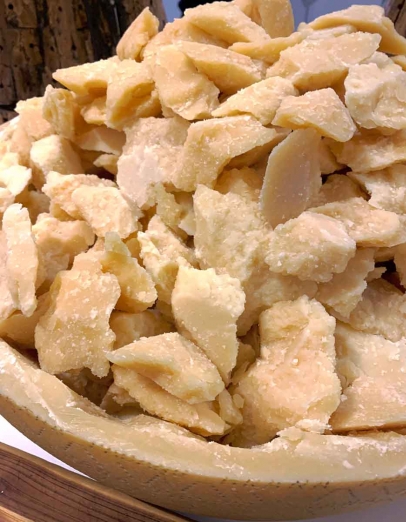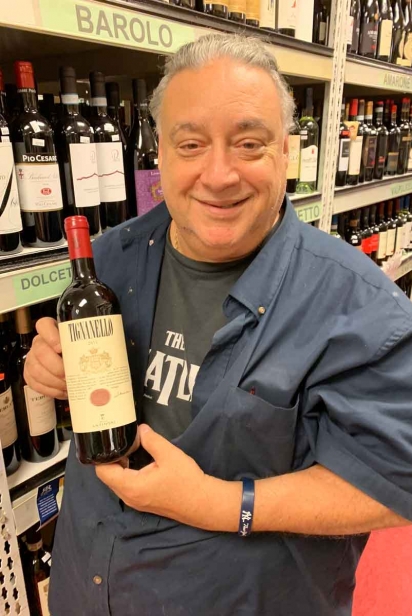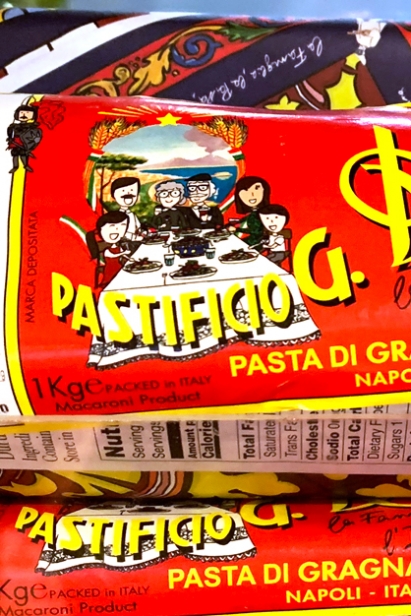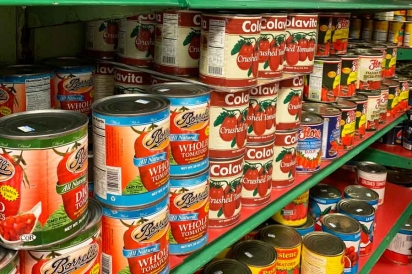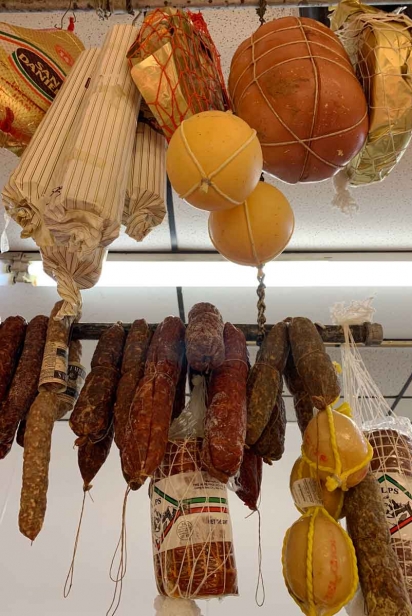La Tua Cucina Italiana
Parmigiano-reggiano, prosciutto di Parma are among the Italian foods carry the DOP (Denominazione d’Origine Protetta) designation that guarantees they are authentically made and packaged in the region using traditional methods.
Because of the certification process, these generally cost more than other products, but consumers know they are getting a consistent product. Another designation, IGP (Indicazione Geografica Protetta), is less stringent, ensuring a product comes from an area and is at least partly manufactured there. TSG (Traditional Specialties Guaranteed) applies to foods that use a typical recipe, traditional production method or product composition. Mozzarella and Neapolitan pizza fall into this category.
David Laurenzo of Laurenzo’s Market, which specializes in those products, takes us on a tour of some staples.
Pasta
There are two kinds, dried pasta and fresh. Dried (extruded) pastas – spaghetti, penne, fusilli and other extruded pastas usually sold in boxes – are made with hard winter wheat that is al dente when cooked. You could pay $2 or $3 for a pound of pasta from big factories like DeCecco and Barilla. If you choose an artisan pasta maker, expect to pay up to $7.
“Artisan makers use a slower process, using bronze dies,” Laurenzo says. The shape of the pasta should work with the sauce – pasta with bigger holes, like rigatoni, holds chunkier sauces. Fresh pasta is made with eggs and is rolled out to make flat noodles like tagliatelle or lasagne, hand-formed shapes like garganelli, and filled pasta, like tortellini. “It’s delicious, but it can never be al dente,” says Laurenzo. Dried is not better than fresh – they are two different animals serving different purposes, he explains.
Olive Oil
Fake Italian olive oil – products that are blends of many oils, or diluted with cheaper sunflower or canola oils, is prevalent. The way to know you’re getting extra-virgin olive oil, the highest grade of juice extracted from fresh olives, produced in Italy is to read the label, look for “DOP” on it, and shop at trusted markets.
“There’s a lot of cheating with olive oil,” says Laurenzo. “We work with small producers.” Like fine wines, boutique, single-estate olive oils reflect their terroir. Not all recipes call for top-quality extra-virgin olive oil; use it for salads, dipping and drizzling over dishes where its qualities will best be appreciated.
Tomatoes
San Marzano tomatoes, first grown in the volcanic soil near Mount Vesuvius, are red and fleshy canned plum tomatoes.
“These are low acid, low sugar,” says Laurenzo. “They sweeten when they cook.” San Marzano tomatoes that carry the DOP label are specified for Neapolitan pizzas. Read labels to see the origin of tomatoes.
Balsamic Vinegar
Traditional balsamic vinegar is produced in Reggio Emilia and Modena from cooked grape must, aged at least 12 years in a series of different wooden casks where it becomes a sweet, brown syrup with complex notes of cherry, fig and molasses. “It’s always sold in a round 3.3-oz bottle, boxed, with a number of certification,” says Laurenzo. Expect to pay at least $100 and twice that for 25-year balsamic. To fully appreciate its complex flavor, add a few drops to fresh strawberries, Parmigiano-Reggiano or grilled meats. “Industrial” balsamic vinegar, which contains wine vinegar and other additives and is aged for at least two months, costs much less and adds sweet tartness to salads and sauces.
Prosciutto
Italian hams, salted and hung to cure for one to three years, take on the flavors of their regions and even climates in thin, fat-marbled slices.
For Parma hams, pigs in Emilia Romagna eat a healthy diet that includes the whey from making Parmigiano-Reggiano. San Daniele prosciutto attributes its unique taste to the salty sea breeze and humidity found in its location, near the Alps and the Adriatic. Unlike Parma and San Daniele prosciutto, cured only with salt, Tuscan ham uses local spices, including juniper, rosemary and black pepper.
Parmigiano-Reggiano Cheese
Artisan cheesemaking throughout Europe dates back to medieval times, when Benedictine monks discovered ways to produce natural cheeses for long maturation. Parmigiano-Reggiano comes from Parma, Reggio Emilia, Modena and some of Bologna and Nantua, where cattle feed on locally grown forage. Wheels age for 12-30 months.
Grana Padano, made like Parmigiano-Reggiano, “sits right next to it,” says Laurenzo. Generally not aged as long, grana is made in a wider geographical region. It’s milder and less crumbly.


